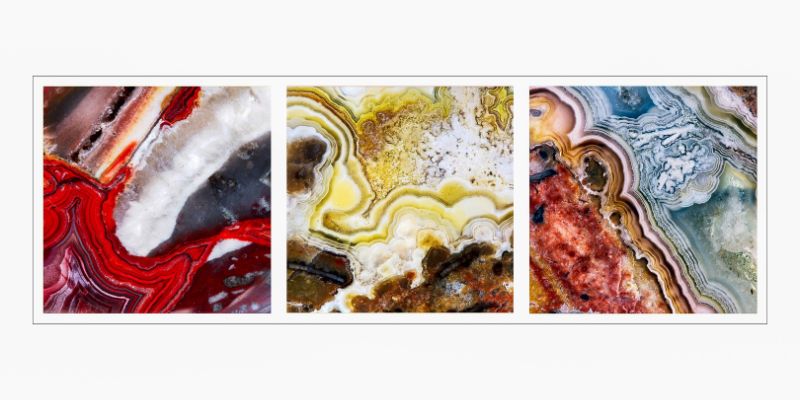When it comes to resin art, beginners often have several questions. Here are some common queries:
-
Is epoxy resin safe to use inside a house? Many people wonder about the safety of using epoxy resin indoors. It's important to take basic safety precautions, such as working in a well-ventilated area and wearing protective gear like gloves and goggles. However, specific safety guidelines may vary depending on the brand and type of resin used.
-
Do I need to wear a respirator? While wearing a respirator is not always necessary for resin art, it's recommended to wear one when working with resin in a poorly ventilated area or when using certain types of resin that emit strong fumes. It's best to follow the manufacturer's instructions and safety guidelines.
-
How do I stop bubbles from appearing in my resin? Bubbles can be a common issue in resin art. To prevent bubbles, it's important to mix the resin and hardener thoroughly but gently to avoid introducing air. Some techniques to minimize bubbles include using a heat gun or torch to remove them, working in a warm environment, and allowing the resin to sit for a few minutes after mixing to let the bubbles rise to the surface.
-
Why is my resin project not curing? There can be several reasons why resin may not cure properly. It could be due to incorrect resin-to-hardener ratio, insufficient mixing, low temperatures, or expired resin or hardener. It's important to carefully follow the instructions provided by the manufacturer and ensure that the workspace conditions are suitable for curing.
-
How long do I have to use resin before it cures? The working time, or pot life, of resin can vary depending on the brand and type. It's crucial to check the instructions provided by the manufacturer to determine the working time of the specific resin being used. Once the working time has passed, the resin will begin to cure and become unworkable.
These are just a few of the common questions beginners have about resin art. It's always a good idea to consult the specific manufacturer's guidelines and instructions for the resin you are using to ensure the best results.


Resin Art: Capturing the Beauty of Ocean Waves
• How To Choose Between Heat Tool, Heat Gun And Hair Dryer ?